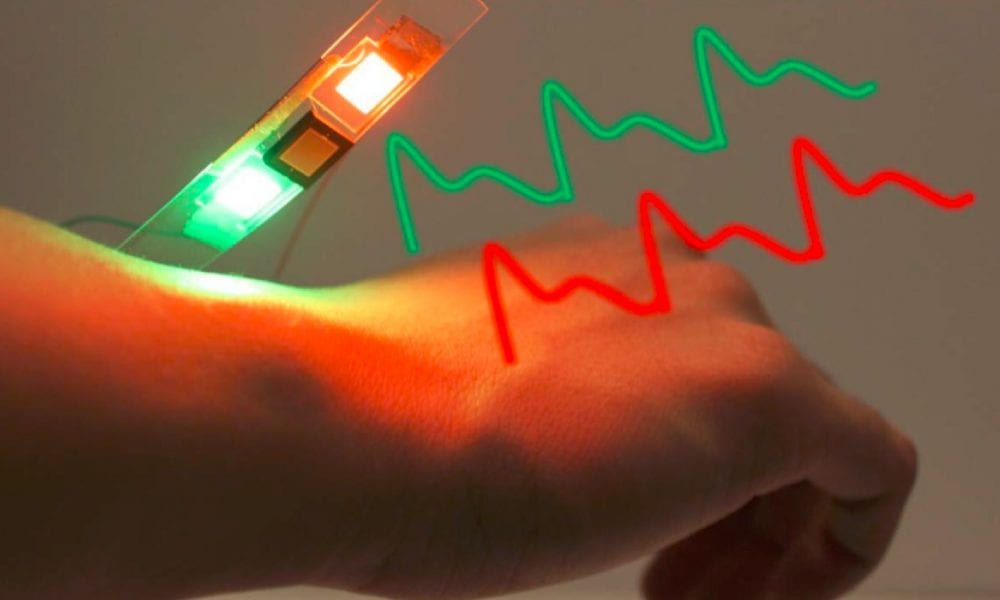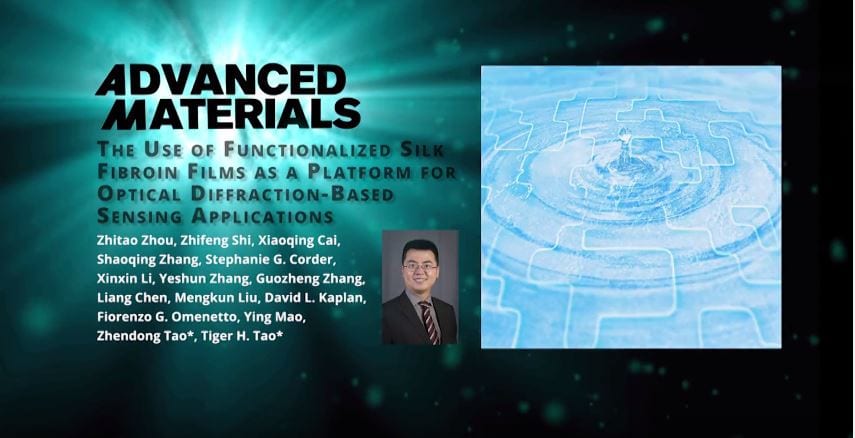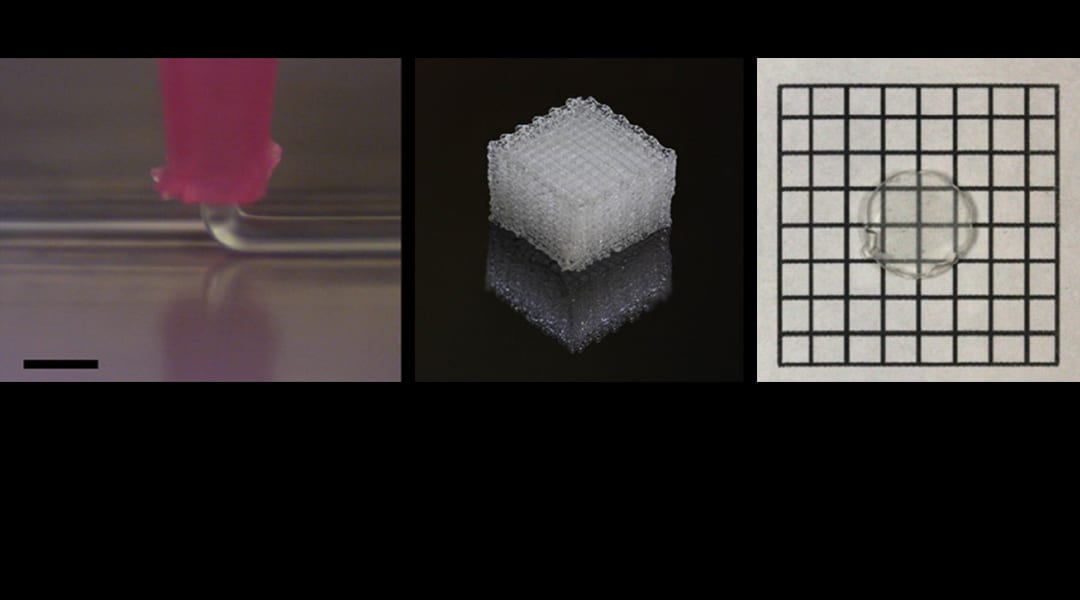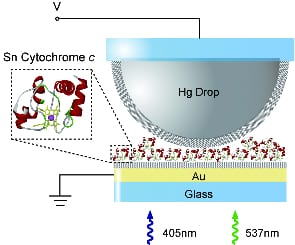Accurate pulse and oxygenation data can be obtained through multicolor PLEDs on one flexible substrate fabricated by a surface energy patterning assisted blade coating technique.


Accurate pulse and oxygenation data can be obtained through multicolor PLEDs on one flexible substrate fabricated by a surface energy patterning assisted blade coating technique.

An optically transparent epoxy-siloxane molecular hybrid material that simultaneously exhibits glass-like wear resistance and strength, plastic-like modulus and a high modulus of resilience is developed by Dongchan Jang, Byeong-Soo Bae and co-workers.

A set of biocompatible, biodegradable, and biofunctionalizable diffractive optical elements (DOEs) using silk proteins as the building materials are reported by Zhendong Tao, Tiger H. Tao and co-workers.

Thermal dewetting of gold, which is sandwiched between the yolk and shell, leads to the desired nanocup morphology.

When fabric stretches, printed patterns crack and separate. This new conductive ink maintains the integrity of printed circuits for electronic textiles.

3D printing technology enables a mold-free formation of freeform transparent glass.

Sperm cells are attractive as propulsion sources or as functional components in robotic microswimmers to realize complex tasks in the body.

Inspired by human fingers after prolonged exposure to water, moisture responsive wrinkling surfaces are developed.

Sn-cytochrome c (cyt c) protein layers can be used as efficient photodetectors when integrated into large-area solid-state junctions.

A new hybrid nanomaterial combines membranes from multiple cell types, enabling the fabrication of membrane-coated nanoparticles with an increased number of functionalities.